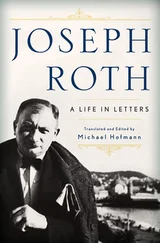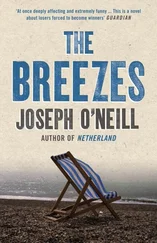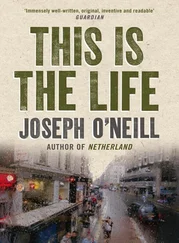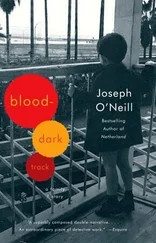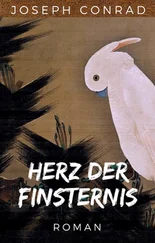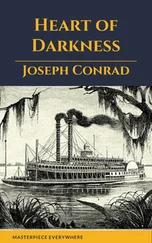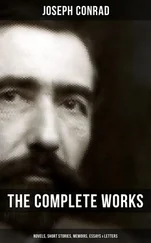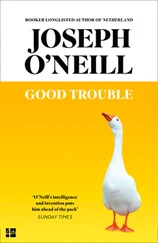By local standards, however, Walker Park is an attractive venue. Tennis courts said to be the oldest in the United States neighbor the cricket field, and the park itself is surrounded on all sides by Victorian houses with elaborately planted gardens. For as long as anyone can remember, the local residents have tolerated the occasional crash of a cricket ball, arriving like a gigantic meteoritic cranberry, into their flowering shrubbery. Staten Island Cricket Club was founded in 1872, and its teams have played on this little green every summer for over a hundred years. Walker Park was owned by the club until the 1920s. Nowadays the land and its clubhouse — a neo-Tudor brick structure dating back to the 1930s, its precursor having been destroyed by fire — are the property of the New York City Department of Parks and Recreation. In my time, a parks department employee, a phantom-like individual who was never seen, reportedly lived in the attic. The main room was rented out to a nursery school, and only the basement and the beaten-up locker room were routinely made available to cricketers. Nevertheless, no other New York cricket club enjoys such amenities or such a glorious history: Donald Bradman and Garry Sobers, the greatest cricketers of all time, have played at Walker Park. The old ground is also fortunate in its tranquillity. Other cricketing venues, places such as Idlewild Park and Marine Park and Monroe Cohen Ballfield, lie directly beneath the skyways to JFK. Elsewhere, for example Seaview Park (which of course has no view of a sea), in Canarsie, the setting is marred not only by screeching aircraft but also by the inexhaustible roar of the Belt Parkway, the loop of asphalt that separates much of south Brooklyn from salt water.
What all these recreational areas have in common is a rank outfield that largely undermines the art of batting, which is directed at hitting the ball along the ground with that elegant variety of strokes a skillful batsman will have spent years trying to master and preserve: the glance, the hook, the cut, the sweep, the cover drive, the pull, and all those other offspring of technique conceived to send the cricket ball rolling and rolling, as if by magic, to the far-off edge of the playing field. Play such orthodox shots in New York and the ball will more than likely halt in the tangled, weedy ground cover: grass as I understand it, a fragrant plant wondrously suited for athletic pastimes, flourishes with difficulty; and if something green and grasslike does grow, it is never cut down as cricket requires. Consequently, in breach of the first rule of batting, the batsman is forced to smash the ball into the air (to go deep, as we’d say, borrowing the baseball term) and batting is turned into a gamble. As a result, fielding is distorted, too, since the fielders are quickly removed from their infield positions — point, extra cover, midwicket, and the others — to distant stations on the boundary, where they listlessly linger. It’s as if baseball were a game about home runs rather than base hits, and its basemen were relocated to spots deep in the outfield. This degenerate version of the sport — bush cricket, as Chuck more than once dismissed it — inflicts an injury that is aesthetic as much as anything: the American adaptation is devoid of the beauty of cricket played on a lawn of appropriate dimensions, where the white-clad ring of infielders, swanning figures on the vast oval, again and again converge in unison toward the batsman and again and again scatter back to their starting points, a repetition of pulmonary rhythm, as if the field breathed through its luminous visitors.
This is not to say that New York cricket is without charm. One summer afternoon years ago, I sat in a taxi with Rachel in the Bronx. We were making the trip to visit friends in Riverdale and were driving up Broadway, which I had no idea extended this far north.
“Oh! Look, darling,” Rachel said.
She was pointing down to our right. Scores of cricketers swarmed on a tract of open parkland. Seven or eight matches, eleven-a-side, were under way in a space that was strictly large enough for only three or four matches, so that the various playing areas, demarcated by red cones and footpaths and garbage barrels and foam cups, confusingly overlapped. Men in white from one game mingled with men in white from another, and a profusion of bowlers simultaneously whirled their arms in that windmill action of cricket bowlers, and multiple batsmen swung flat willow cudgels at once, and cricket balls chased by milky sprinters flew in every direction. Onlookers surrounded the grounds. Some sat beneath the trees that lined the park at Broadway; others, in the distance, where trees grew tall and dense at the edge of the common, gathered by picnic tables. Children milled, as it’s said. From our elevated vantage point the scene — Van Cortlandt Park on a Sunday — appeared as a cheerful pell-mell, and as we drove by Rachel said, “It looks like a Brueghel,” and I smiled at her because she was exactly right, and as I remember I put my hand on her stomach. It was July 1999. She was seven months pregnant with our son.
The day I met Chuck was three years later. We, Staten Island, were playing a bunch of guys from St. Kitts — Kittitians, as they’re called, as if they might all be followers of some esoterically technical profession. My own teammates variously originated from Trinidad, Guyana, Jamaica, India, Pakistan, and Sri Lanka. That summer of 2002, when out of loneliness I played after years of not playing, and in the summer that followed, I was the only white man I saw on the cricket fields of New York.
A while back, the parks department had put a rivalrous baseball diamond in the southwest corner of Walker Park. Cricketers were not licensed to take the field until the completion of any authorized softball game. (Softball, my teammates and I observed with a touch of snobbery, was a pastime that seemingly turned on hitting full tosses — the easiest balls a cricket batsman will ever receive — and taking soft, glove-assisted catches involving little of the skill and none of the nerve needed to catch the cricket ball’s red rock with bare hands.) The match against the Kittitians, due to start at one o’clock, did not begin until an hour later, when the softball players — aging and overweight men much like ourselves, only white-skinned — at last shuffled away. The trouble started with this holdup. The Kittitians brought a large number of followers, perhaps as many as forty, and the delay made them restless, and they began to entertain themselves with more abandon than was usual. A group formed around a Toyota parked on Delafield Place, at the northern border of the ground, the men flagrantly helping themselves to alcoholic drinks from a cooler, and shouting, and tapping keys against their beer bottles in rhythm to the soca that rattled insistently from the Toyota’s speakers. Fearful of complaints, our president, a blazer-wearing Bajan in his seventies named Calvin Pereira, approached the men and said with a smile, “Gentlemen, you are very welcome, but I must ask you to exercise discretion. We cannot have trouble with the parks department. Can I invite you to turn off the music and come join us inside the ground?” The men gradually complied, but this incident, it was afterward agreed, influenced the confrontation for which those present will always remember that afternoon.
Before the start of play, one of our team, Ramesh, drew us into a circle for a prayer. We huddled with arms around one another’s shoulders — nominally, three Hindus, three Christians, a Sikh, and four Muslims. “Lord,” said the Reverend Ramesh, as we called him, “we thank You for bringing us here today for this friendly game. We ask that You keep us safe and fit during the match today. We ask for clement weather. We ask for Your blessing upon this game, Lord.” We broke up in a burst of clapping and took to the field.
Читать дальше
Конец ознакомительного отрывка
Купить книгу

